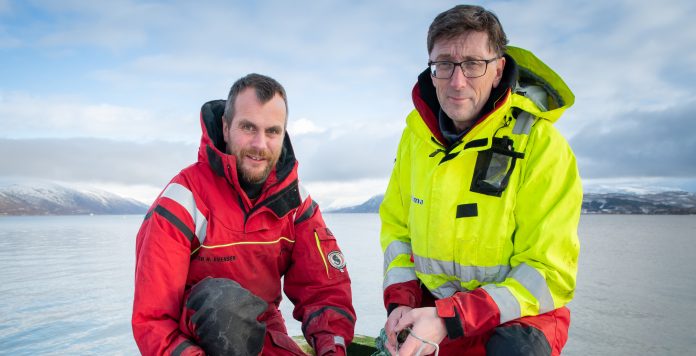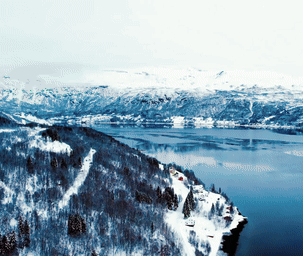Study highlights potential for dulse cultivation using RAS discharge from land-based salmon farms.
A new study from Nofima indicates that discharge water from land based salmon farming systems could support commercial production of dulse (Palmaria palmata), a high value red algae used in food products.
Researchers tested growth rates and nutrient uptake using effluent from SalMar’s land based recirculating aquaculture system (RAS) facility. Senior scientist Philip James said the findings point to “a win win for salmon producers, new businesses and the environment”.
The trial assessed dulse performance in seawater and in 25, 50 and 100 per cent RAS discharge water. Growth was strongest in a 50 per cent dilution of discharge water, which also gave the highest removal efficiency of ammonia and nitrate. Phosphate removal was most efficient between 25 and 50 per cent RAS water. The algae grew equally well in salinity levels ranging from brackish to full strength seawater.
The researchers calculated that nutrients in RAS discharge could yield around 257 grams of dulse per kilogram of fish feed used. With Norway’s land based salmon sector consuming about 100,000 tonnes of feed annually, the study suggests discharge nutrients could support significant macroalgae production.
James said the results underline the potential for coupling dulse cultivation with nutrient utilisation from RAS effluent, although further work is needed to address remaining challenges. Follow up projects will analyse nutritional properties and check for any harmful compounds in dulse grown in the discharge water.
The findings form part of the ValueSøl research project, supported by the Regional Research Fund Arctic, with Nofima working alongside the Norwegian University of Life Sciences and SalMar.


